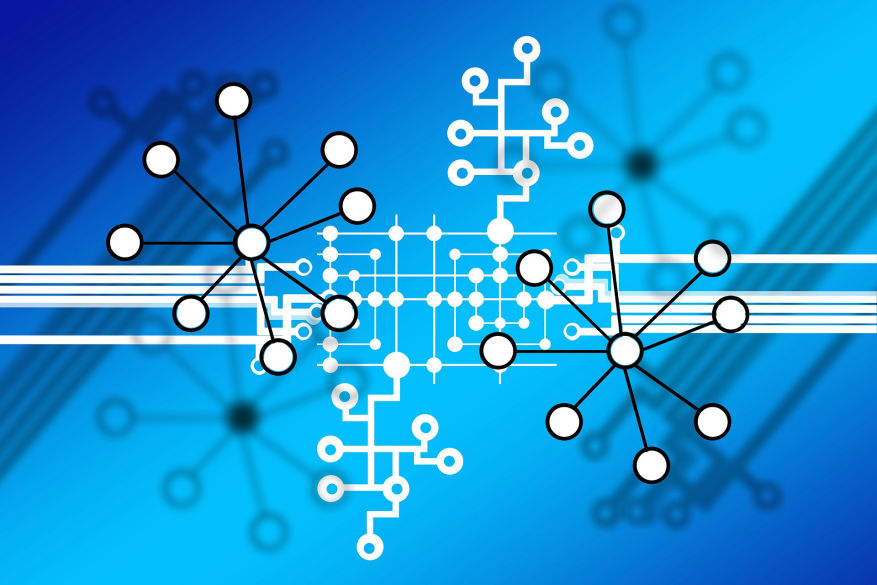Background:
The multinational organization operated across multiple countries, each with its unique payroll platform requirements. Managing payroll data and processes across various systems proved to be a complex and time-consuming task. The company sought a solution that would integrate their global HRIS with diverse payroll platforms, allowing for streamlined data exchange and eliminating manual intervention.
Objectives:
1. Achieve seamless integration between the global HRIS and diverse payroll platforms.
2. Enable complete automation and semi-automation of payroll processes.
3. Improve accuracy, efficiency, and timeliness of payroll operations across the organization's global footprint.
Solution:
To address the organization's challenges, a middleware solution was developed to bridge the gap between the global HRIS and the various payroll platforms. The key components and features of the solution included:
1. Middleware Architecture: A robust middleware architecture was designed to facilitate data exchange between the global HRIS and the different payroll platforms. It provided a standardized interface and communication protocols to ensure compatibility across systems.
2. Payroll Integration Framework: The solution incorporated a comprehensive framework capable of handling over 40 payroll integrations, including ADP, Custom built, and Cloud-based platforms. The framework allowed for seamless connectivity and data synchronization between the HRIS and the respective payroll systems.
3. Automation and Semi-Automation: The middleware solution enabled both complete automation and semi-automation of payroll processes. Standardized data mapping, predefined business rules, and intelligent workflows automated repetitive tasks, while semi-automated processes involved minimal manual intervention, reducing errors and improving efficiency.
4. Data Validation and Error Handling: Robust data validation mechanisms were implemented within the middleware solution to ensure data accuracy and integrity. The solution also incorporated error handling and exception management protocols to promptly address any data discrepancies or integration issues.
Results and Benefits:
The implementation of the middleware solution resulted in numerous benefits for the multinational organization:
1. Streamlined Payroll Operations: The seamless integration of the global HRIS with diverse payroll platforms eliminated the need for manual data entry and reduced the chances of errors and inconsistencies. This streamlined payroll processes across the organization's global footprint.
2. Enhanced Efficiency and Accuracy: The automation and semi-automation of payroll processes improved efficiency, reduced processing time, and minimized manual errors. Standardized data mapping and predefined business rules ensured accuracy and consistency in payroll calculations and data exchange.
3. Improved Data Integrity: The data validation mechanisms implemented within the middleware solution ensured the integrity and quality of payroll data. This enhanced data reliability and eliminated discrepancies arising from manual data entry or system compatibility issues.
4. Scalability and Flexibility: The middleware architecture and payroll integration framework provided scalability and flexibility, allowing the organization to easily incorporate additional payroll platforms or adapt to changes in existing systems as the company expanded into new regions or acquired new entities.
Conclusion:
The seamless integration of a global HRIS with diverse payroll platforms through the middleware solution enabled the multinational organization to achieve streamlined payroll operations worldwide. The automation and semi-automation of processes improved efficiency, accuracy, and data integrity, resulting in significant time and cost savings. This case study demonstrates the value of building a robust middleware solution to facilitate seamless integration across multiple payroll platforms, enabling organizations to streamline operations and optimize their global payroll management processes.

